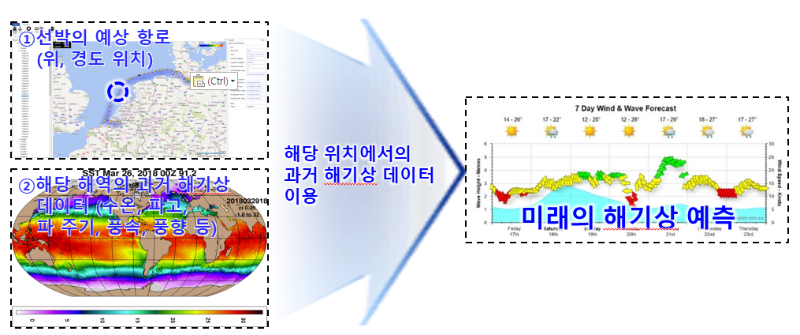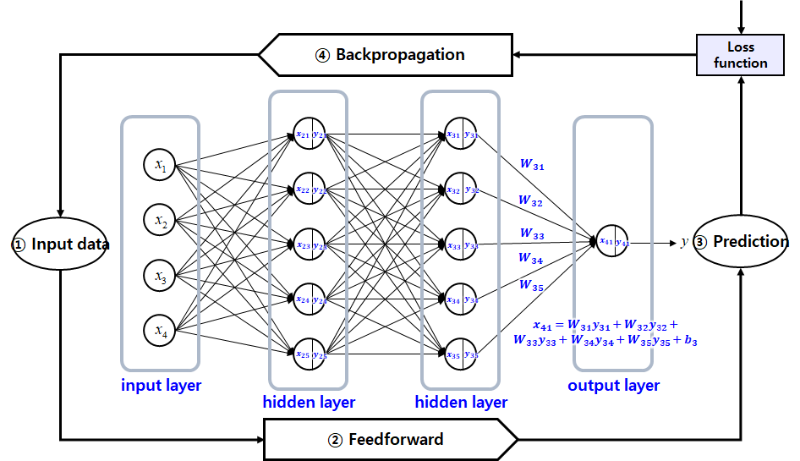 KR Webzine Vol.139
KR Webzine Vol.139
- Dec. 2021
- Nov. 2021
- Oct. 2021
- Sep. 2021
- Aug. 2021
- Jul. 2021
- Jun. 2021
- May. 2021
- Apr. 2021
- Mar. 2021
- Feb. 2021
- Jan. 2021
- Dec. 2020
- Nov. 2020
- Oct. 2020
- Sep. 2020
- Aug. 2020
- Jul. 2020
- Jun. 2020
- May. 2020
- Apr. 2020
- Mar. 2020
- Feb. 2020
- Jan. 2020
- Dec. 2019
- Nov. 2019
- Oct. 2019
- Sep. 2019
- Aug. 2019
- Jul. 2019
- Jun. 2019
- May. 2019
- Apr. 2019
- Mar. 2019
- Feb. 2019
- Jan. 2019
- Dec. 2018
- Nov. 2018
- Oct. 2018
- Sep. 2018
- Aug. 2018
- Jul. 2018
- Jun. 2018
- May. 2018
- Apr. 2018
- Mar. 2018
- Feb. 2018
- Jan. 2018
- Dec. 2017
- Nov. 2017
- Oct. 2017
- Sep. 2017
- Aug. 2017
- Jul. 2017
- Jun. 2017
- May. 2017
- Apr. 2017
- Mar. 2017
- Feb. 2017
- Jan. 2017
- Dec. 2016
- Nov. 2016
- Oct. 2016
- Sep. 2016
- Aug. 2016
- Jul. 2016
- Jun. 2016
- May. 2016
- Apr. 2016
- Mar. 2016
- Feb. 2016
- Jan. 2016
- Dec. 2015
- Nov. 2015
- Oct. 2015
- Sep. 2015
- Aug. 2015
- Jul. 2015
- Jun. 2015
- May. 2015
- Apr. 2015
- Mar. 2015
- Feb. 2015
- Jan. 2015
- Dec. 2014
- Nov. 2014
- Oct. 2014
- Sep. 2014
- Aug. 2014
- Jul. 2014
- Jun. 2014
- May. 2014
- Apr. 2014
- Mar. 2014
- Feb. 2014
- Jan. 2014
- Dec. 2013
- Nov. 2013
- Oct. 2013
- Sep. 2013
- Aug. 2013
- Jul. 2013
- Jun. 2013
- May. 2013
- Apr. 2013
- Mar. 2013
- Jan. 2013
- Dec. 2012
- Nov. 2012
- Oct. 2012
- Sep. 2012
- Aug. 2012
- Jul. 2012
- Jun. 2012
- May. 2012
- Apr. 2012
- Mar. 2012
- Feb. 2012
- Jan. 2012
- Dec. 2011
- Nov. 2011
- Oct. 2011
- Sep. 2011
- Aug. 2011
- Jul. 2011
- Jun. 2011
- May. 2011
- Apr. 2011
- Mar. 2011
- Feb. 2011
- Jan. 2011
- Dec. 2010
- Nov. 2010
- Oct. 2010
- Sep. 2010
- Aug. 2010
- Jul. 2010
- Jun. 2010
- May. 2010
- Apr. 2010
- Mar. 2010
- Feb. 2010
- Jan. 2010
- Dec. 2009
- Nov. 2009
- Oct. 2009
- Sep. 2009
- Aug. 2009
- Jul. 2009
- Jun. 2009
- May. 2009
- Apr. 2009
- Mar. 2009
- Feb. 2009
- Jan. 2009
- Dec. 2008
- Nov. 2008
- Oct. 2008
- Sep. 2008
- Aug. 2008
- Jul. 2008
- Jun. 2008
- May. 2008
- Apr. 2008
- Mar. 2008
- Feb. 2008
09
September 2019
-
KR Inside
- KR & POS SM speed up leading digital service on ships
- KR grants AIP on KR Engineering’s LNG fueled tugboat
- KR and STX Offshore & Shipbuilding sign digital technology development agreement for 3D ship models
- KR Maritime Cyber Security newsletter
- Bespoke technical seminars for clients
- KR survey site news
- KR R&D Trends
-
Technical News
- Notice for release of web-based SIP (Ship Implementation Plan) development service
- MEPC 74 – News Final
- Application of Polar Code to category C cargo ships
- Commissioning testing of BWMS for Singapore flagged ships
- FAQ for SOx scrubbers
- Considerations to implement D-2 standard of IMO BWM Convention
- MSC 101 - News Final
- GEPA freefall lifeboat release system modification
- Port state control detentions
Data acquisition and preprocessing for big data analysis
Shipping companies are trying to find the best method of running their ships economically in a way which maximizes energy efficiency. To select the optimal route, it is necessary to predict the power required of the ship, taking into consideration the weather. To predict the horsepower required, data such as water temperature, wave height, and wind speed need to be predicted. Currently, various forecast data are available, but if the data transmission and reception is difficult, it is necessary for the shipping company to make its own weather forecast. To help them in this task, KR has estimated eight variables including wave height, wave period, wave direction, wind speed, wind direction, current velocity, current direction, and water temperature using deep learning techniques. Historical ocean weather data for deep learning were obtained from the European Center for Medium-Range Weather Forecasts (ECMWF) and the Global Hybrid Coordinate Ocean Model (HYCOM).

|
|
ECMWF |
NOAA |
HYCOM |
|
Data |
wave height, wave period, wave direction, wind speed, wind direction, water temperature
|
wave height, wave period, wave direction, wind speed, wind direction
|
current velocity, current direction, water temperature
|
|
Range resolution |
About 17km range |
About 56km range |
About 9km range |
|
Time resolution |
Every 6 hour |
Every 1 hour |
Every 6 hour |
|
Cost |
Free |
Free |
Free |
The accuracy of the predictive model is improved by removing outliers from the ocean weather data. In addition, we analyzed the accuracy of the model for each element by changing the deep learning model, type of input data, input data duration, and output data duration for each marine weather data.
Perform deep learning to predict ocean weather
Correlation analysis was used to identify the correlations between the sea data and an input value for the deep learning model was selected. Deep Neural Network (DFN) and Long Short-Term Memory (LSTM) were used as deep learning models for ocean weather prediction. DFN, called multi-layer perceptron, is the most basic deep learning structure, and LSTM, a representative method of Recurrent Neural Network (RNN), is a deep learning method mainly used for time series data analysis.

<DFN(Deep Neural Network>

<LSTM (Long Short-Term Memory)>
In this study, the marine weather forecasting model was used to predict the marine weather around the world, and its effectiveness analyzed.
Development of ocean weather prediction models
Deep learning was performed on water temperature, wave height, wave period, wave direction, current velocity, current direction, wind speed, and wind direction. And we analyzed the accuracy of the prediction model. The longer the input period of the input data and the shorter the prediction time, the more accurate the result was. LSTM had better prediction accuracy than DFN. In the case of wave direction and tidal direction, the error of the prediction model is very large. Therefore, model improvement or pretreatment was needed. Delay prediction problem occurred with the prediction result.
|
Prediction method |
Input data |
Number of input nodes |
Output data |
Number of output nodes |
MAE |
|
LSTM |
SST |
120 (30 days) |
SST |
1 (1 day) |
0.19°C (2.7%) |
|
LSTM |
SWH |
120 (30 days) |
SWH |
1 (1 day) |
0.67m (7.2%) |
|
LSTM |
MWP |
120 (30 days) |
MWP |
1 (1 day) |
0.95s (10.8%) |
|
LSTM |
MWD |
120 (30 days) |
MWD |
1 (1 day) |
63.08° (20.4%) |
|
LSTM |
Water speed |
240 (30 days) |
Water speed |
1 (1 day) |
0.06m/s (17.5%) |
|
LSTM |
Water direction |
240 (30 days) |
Water direction |
1 (1 day) |
85.53° (23.6%) |
|
LSTM |
Wind u,v |
120 (30 days) |
Wind speed |
1 (1 day) |
1.35m/s (10.6%) |
|
LSTM |
Wind u,v |
120 (30 days) |
Wind direction |
1 (5 day) |
14.83° (4.1%) |
Future research
In order to predict ship horsepower, a model was developed to predict future ocean weather conditions through deep learning of past ocean weather. Deep learning model improvements and data processing methods are needed to improve ocean weather forecasting accuracy. KR will also develop and analyze deep learning models to forecast power requirements.


